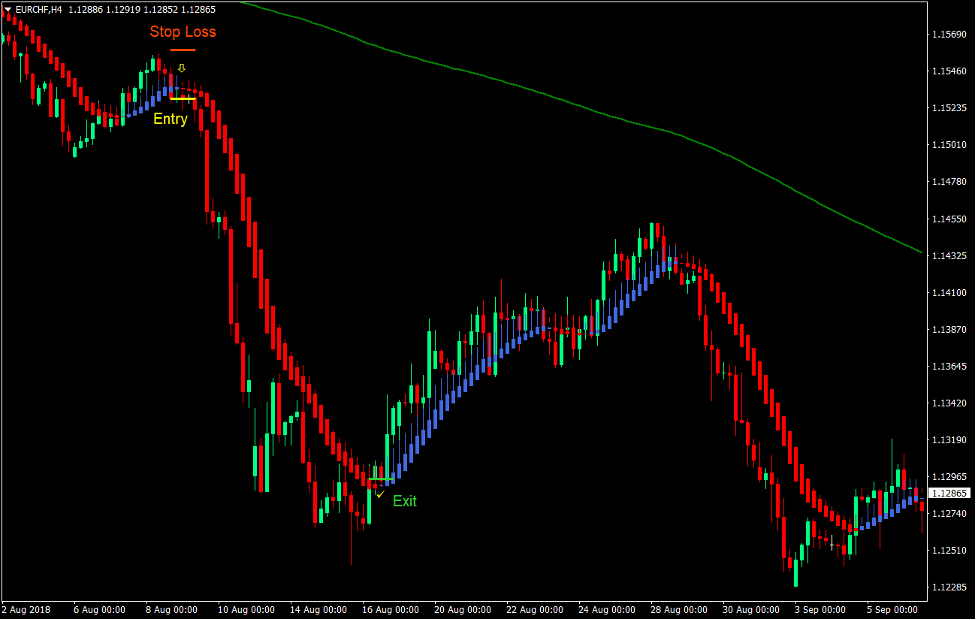ntroduction:
Performing a backtest is a crucial step in developing and evaluating trading strategies. It involves testing a trading strategy on historical data to analyze its effectiveness and make informed decisions. In this article, we will dive into the intricacies of backtesting methods and outline a step-by-step process to conduct a successful backtest.
Heading: Understanding Backtesting
Paragraph:
Backtesting is the process of applying a trading strategy to historical market data to assess its performance. It helps traders and investors gain insights into how their strategies would have performed in the past, allowing them to fine-tune their approach and increase their chances of success in future trading.
Heading: Steps to Perform a Backtest
Paragraph:
Step 1: Define Your Trading Strategy
Before initiating the backtest, clearly define the rules and parameters of your trading strategy. Identify the entry and exit signals, risk management techniques, and any other specifications necessary for the strategy’s execution.
Step 2: Obtain Historical Data
Acquire reliable and accurate historical data that covers the desired time period. It is essential to use high-quality data to ensure the accuracy of the backtest results. Various platforms and data providers offer extensive datasets for backtesting purposes.
Step 3: Choose a Backtesting Platform
Select a suitable backtesting platform or software that caters to your requirements. There are numerous options available, ranging from simple spreadsheet templates to complex algorithmic trading platforms. Consider factors such as ease of use, compatibility with your trading strategy, and the ability to handle different asset classes.
Step 4: Input Strategy Rules and Parameters
Once the software or platform is set up, input your defined trading strategy, rules, and parameters. This includes setting up indicators, risk management techniques, position sizing formulas, and any other variables specific to your strategy.
Step 5: Run the Backtest
Execute the backtest on the selected historical data. The platform will analyze the data based on your defined strategy and generate results, including performance metrics, profitability, drawdowns, and portfolio statistics.
Step 6: Analyze and Interpret Results
Thoroughly analyze the results of the backtest to gain insights into your strategy’s performance. Examine metrics such as total return, risk-adjusted returns, win rate, maximum drawdown, and market correlation. This analysis will help you identify strengths, weaknesses, and areas for improvement.
Heading: Common Pitfalls to Avoid
Paragraph:
While conducting a backtest, it is crucial to be aware of common pitfalls that could affect the validity of your results. Some common pitfalls include:
- Over-optimization: Excessive tweaking of strategy parameters to fit historical data may lead to unrealistic performance expectations.
- Data Snooping Bias: Testing multiple strategies on the same dataset may result in finding a strategy by chance, leading to overestimating its effectiveness.
- Survivorship Bias: Neglecting to include data from failed or delisted assets may skew the performance results in favor of successful ones.
Conclusion:
Performing a backtest requires a systematic approach and an in-depth understanding of your trading strategy. By following the outlined steps and being mindful of key pitfalls, you can gain valuable insights into how your strategy would have performed historically. Remember that backtesting is not a guarantee of future performance, but it serves as a valuable tool for strategy refinement and decision-making.

